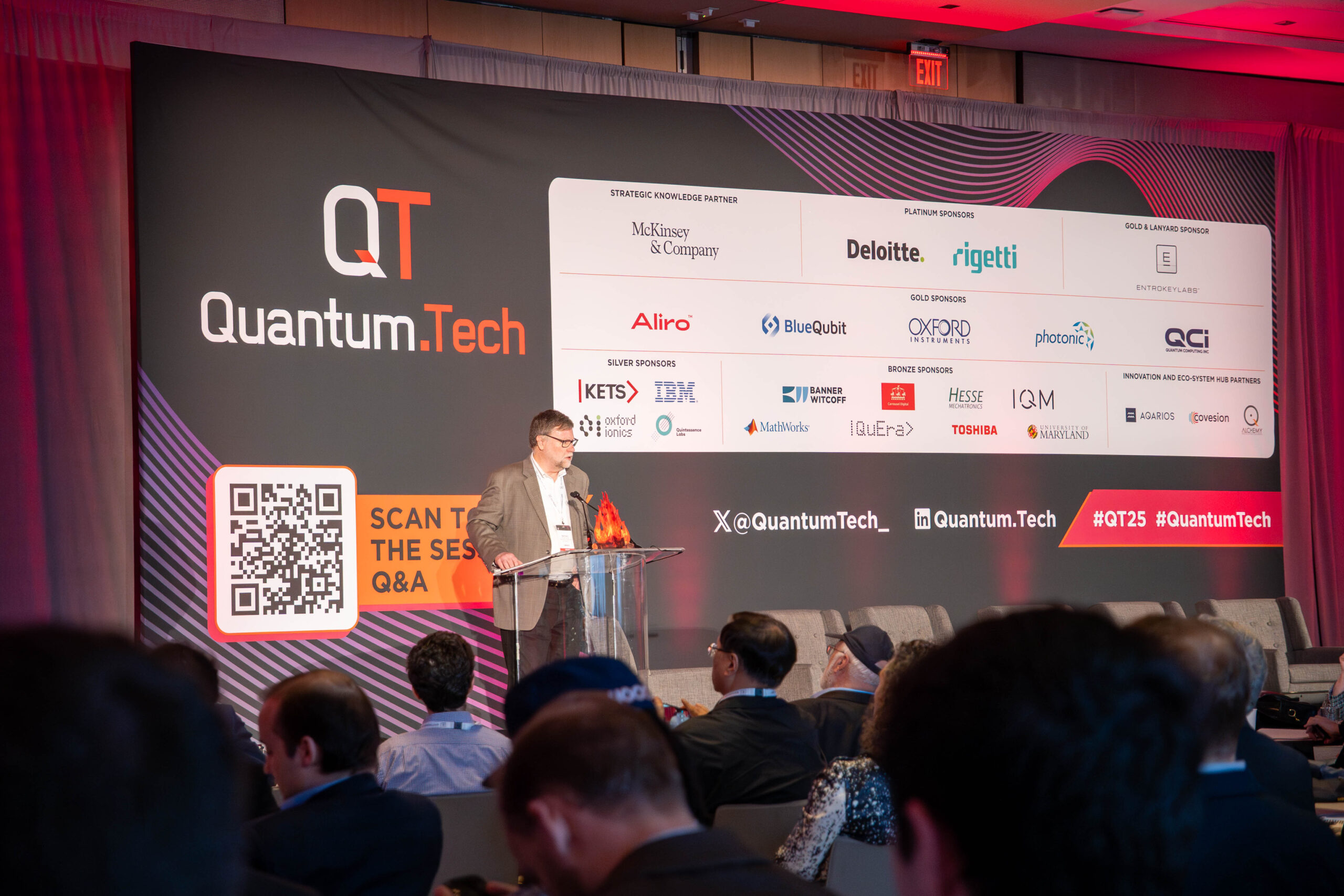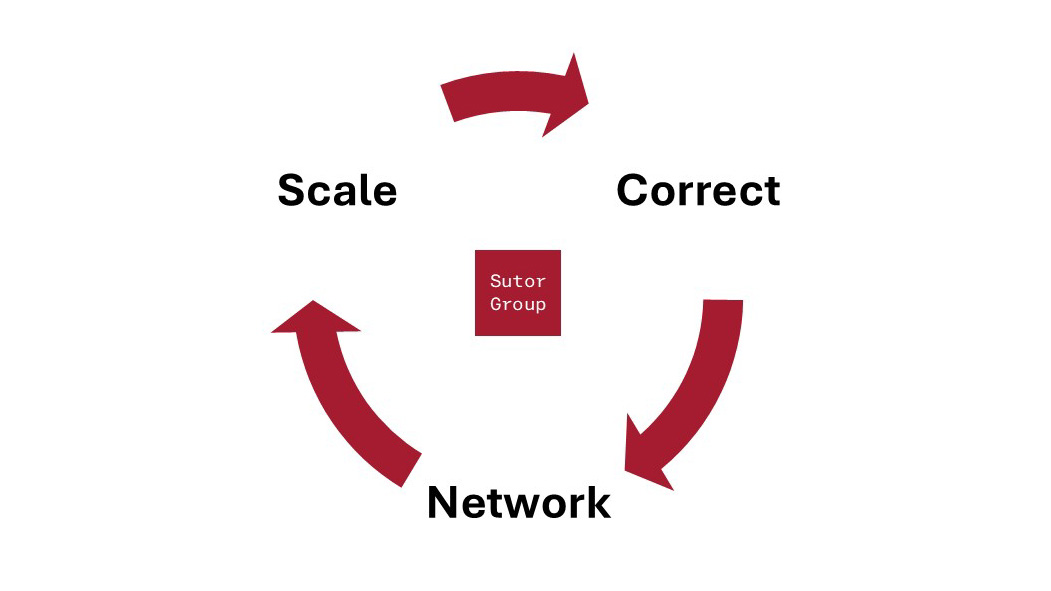A selection of the most important recent news, articles, and papers about Quantum.
General News, Articles, and Analyses
Construction on Colorado quantum campus launches ‘America’s response’ to beat China | Business | denvergazette.com
Author: Bernadette Berdychowski
(Monday, September 16, 2024) “It’s the first major investment into the region’s quantum industry since being named one of the nation’s 12 key tech hubs.”
Keysight Introduces Quantum Circuit Simulation the First Circuit Environment with Frequency-Domain Flux Quantization
(Tuesday, September 17, 2024) “Keysight Technologies, Inc. (NYSE: KEYS) introduces Quantum Circuit Simulation (Quantum Ckt Sim), an innovative circuit design environment that speeds up the development of intricate quantum circuits. In addition, by joining forces with Google Quantum AI, the solution incorporates advanced flux quantization which marks an industry-first achievement.”
Germany Awards Contract to Quantum Brilliance and ParityQC to Build World’s First Mobile Quantum Computer by 2027 — Quantum Brilliance
(Wednesday, September 18, 2024) “Quantum Brilliance, the leading developer of miniaturized, room-temperature quantum computing products and solutions, and ParityQC, the world’s only quantum architecture company, announce they have jointly been awarded a contract by a German agency, Agentur für Innovation in der Cybersicherheit GmbH „Innovation in Cybersecurity“ to develop the world’s first mobile quantum computer by 2027.”
Technical Papers, Articles, and Preprints
[2409.12104] Performance of Quantum Approximate Optimization with Quantum Error Detection
https://arxiv.org/abs/2409.12104
Authors: He, Zichang; Amaro, David; Shaydulin, Ruslan; and Pistoia, Marco
(Wednesday, September 18, 2024) “Quantum algorithms must be scaled up to tackle real-world applications. Doing so requires overcoming the noise present on today’s hardware. The quantum approximate optimization algorithm (QAOA) is a promising candidate for scaling up due to its modest resource requirements and documented asymptotic speedup over state-of-the-art classical algorithms for some problems. However, achieving better-than-classical performance with QAOA is believed to require fault tolerance. In this paper, we demonstrate a partially fault-tolerant implementation of QAOA using the [[k+2, k, 2]] “Iceberg” error detection code. We observe that encoding the circuit with the Iceberg code improves the algorithmic performance as compared to the unencoded circuit for problems with up to 20 logical qubits on a trapped-ion quantum computer. Additionally, we propose and calibrate a model for predicting the code performance, and use it to characterize the limits of the Iceberg code and extrapolate its performance to future hardware with improved error rates. In particular, we show how our model can be used to determine necessary conditions for QAOA to outperform Goemans-Williamson algorithm on future hardware. Our results demonstrate the largest universal quantum computing algorithm protected by partially fault-tolerant quantum error detection on practical applications to date, paving the way towards solving real-world applications with quantum computers.”
[2409.12675] Resource Allocation in Distributed Quantum Computing Interconnect Networks
https://arxiv.org/abs/2409.12675
Authors: Bahrani, Sima; Oliveira, Romerson D.; Parra-Ullauri, Juan; Wang, Rui; and Simeonidou, Dimitra
(Thursday, September 19, 2024) “Distributed quantum computing (DQC) has emerged as a promising approach to overcome the scalability limitations of monolithic quantum processors in terms of computing capability. However, realising the full potential of DQC requires effective resource allocation. This involves efficiently distributing quantum circuits across the network by assigning each circuit to an optimal subset of quantum processing units (QPUs), based on factors such as their computational power and connectivity. In heterogeneous DQC networks with arbitrary topologies and non-identical QPUs, resource allocation becomes a complex challenge. This paper addresses the problem of resource allocation in such networks, focusing on computing resource management in a quantum farm setting. We propose a multi-objective optimisation algorithm for optimal QPU allocation that aims to minimise the degradation caused by inter-QPU communication latencies due to qubit decoherence, while maximising the number of concurrently assignable quantum circuits. The algorithm takes into account several key factors, including the network topology, QPU characteristics, and quantum circuit structure, to make efficient allocation decisions. We formulate the optimisation problem as a mixed-integer linear program and solve it using standard optimisation tools. Simulation results demonstrate the effectiveness of the proposed algorithm in minimising communication costs and improving resource utilisation compared to a benchmark greedy allocation approach. To complement our proposed QPU allocation method, we also present a compatible quantum circuit scheduling model. Our work provides valuable insights into resource allocation strategies for DQC systems and contributes to the development of efficient execution management frameworks for quantum computing.”
[2409.12731] Industrial 300mm wafer processed spin qubits in natural silicon/silicon-germanium
https://arxiv.org/abs/2409.12731
Authors: Koch, Thomas; Godfrin, Clement; Adam, Viktor; Ferrero, Julian; Schroller, Daniel; Glaeser, Noah; Kubicek, Stefan; Li, Ruoyu; Loo, Roger; Massar, Shana; Simion, George; Wan, Danny; De Greve, Kristiaan; and Wernsdorfer, Wolfgang
(Thursday, September 19, 2024) “The realisation of an universal quantum computer will require the operation of thousands to millions of qubits. The possibility of using existing industrial semiconductor fabrication techniques and infrastructure for up-scaling and reproducibility makes silicon based spin qubits one of the most promising platforms to achieve this goal. The implementation of the up to now largest semiconductor based quantum processor was realized in a silicon/silicon-germanium heterostructure known for its low charge noise, long qubit coherence times and fast driving speeds, but the high structural complexity creates challenges for industrial implementations. Here we demonstrate quantum dots hosted in a natural Si/SiGe heterostructure fully fabricated by an industrial 300mm semiconductor wafer process line from heterostructure growth to Co micromagnet monolithic integration. We report charge noise values below 2μeV/√(Hz), spin relaxation times of over 1s and coherence times T2* and T2H of 1μs and 50μs respectively, for quantum wells grown using natural silicon. Further, we achieve Rabi frequencies up to 5MHz and single qubit gate fidelities above 99%. In addition to scalability, the high reproducibility of the 300mm processes enables the deterministic study of qubit metric dependencies on process parameters, which is essential for optimising qubit quality.”




